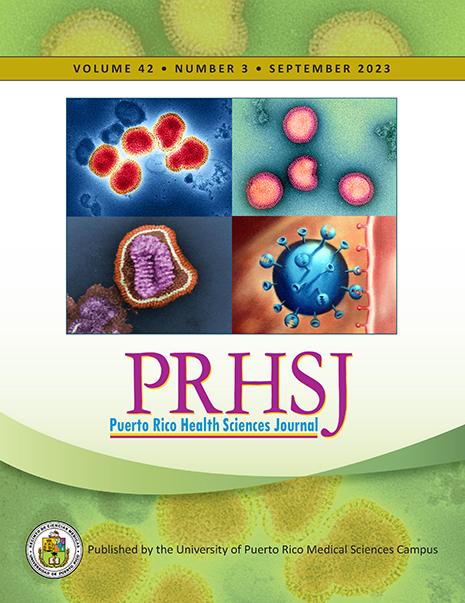Resumen
Objective: To evaluate IgG antibody levels against SARS-CoV-2 in non-infected vaccinated subjects among vaccine brand, sex, and age. Methods: Abbott’s AdviseDx SARS-CoV-2 IgG II immunoassay was used to measure IgG levels within 6-9 months after the second dose vaccination; level >50 AU/mL was classified as a positive test. Results: Data of 183 non-infected vaccinated subjects was analyzed according to the vaccine brand, time after second vaccination, sex, and age. Bivariate analysis showed that receiving the Moderna brand vaccine, being female, and younger were associated with higher antibody levels, p<.001. Conversely, no differences were observed between the IgG antibody levels against SARS-CoV-2 and time after second vaccination (6-7 months as compared to 8-9 months), p=.49. Conclusion: After six to nine months post-vaccination, receiving the Moderna vaccine, being female, and being younger were significantly associated to higher IgG antibody levels to SARS-CoV-2 in non-infected vaccinated subjects.
Authors who publish with this journal agree to the following terms:
a. Authors retain copyright and grant the journal right of first publication with the work simultaneously licensed under a Creative Commons Attribution License that allows others to share the work with an acknowledgement of the work's authorship and initial publication in this journal.
b. Authors are able to enter into separate, additional contractual arrangements for the non-exclusive distribution of the journal's published version of the work (e.g., post it to an institutional repository or publish it in a book), with an acknowledgement of its initial publication in this journal.
c. Authors are permitted and encouraged to post their work online (e.g., in institutional repositories or on their website) prior to and during the submission process, as it can lead to productive exchanges, as well as earlier and greater citation of published work (See The Effect of Open Access).
